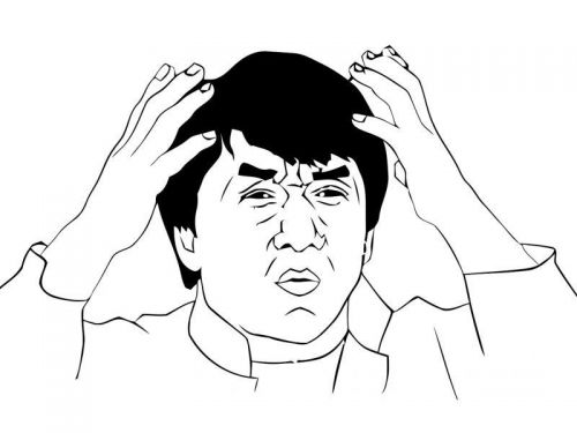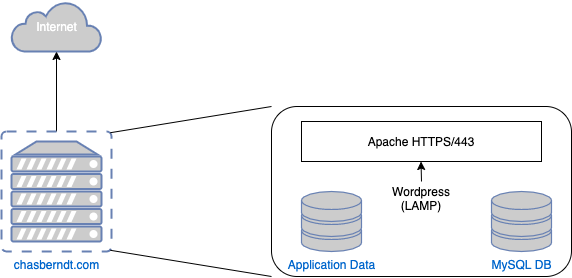I ran into an issue the other day with Ansible while provisoning a Windows machine. After installing InstallShield 2015 SAB, Ansible copies a small license file configuration file into the installation directory.
[FlexNet Publisher Server]
Server=Port@ServerNameThat’s the configuration. Should be easy right?
Not in this case. I was confounded by errors in while testing the installation. If I opened up the file using Notepad and saved it, InstallShield would start working.
I had tried all of the usual suspects once I realized there was something wrong with the file. Change the text encoding from UTF8 to Windows ANSI. No change. Change the line endings from LF to CRLF. No change.
So what was going on?
As it turns out, my text editor (Atom) was adding an extra LF to end of the file. Why would it do that? Well, this part of the POSIX standard.
See: https://gcc.gnu.org/legacy-ml/gcc/2003-11/msg01568.html



To get around this issue, I uploaded this file to Artifactory and I treat the configuration file as an artifact, like the InstallShield installer, and just download and copy it to the installation directory.
This is a reminder to be conscious of how Git and your editor treat files when you’re provisioning Windows machines. Occasionally, you will still run into maddening little issues like this. I don’t want to admit how much time this thing left me stumped.

